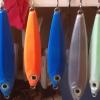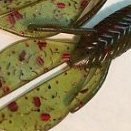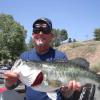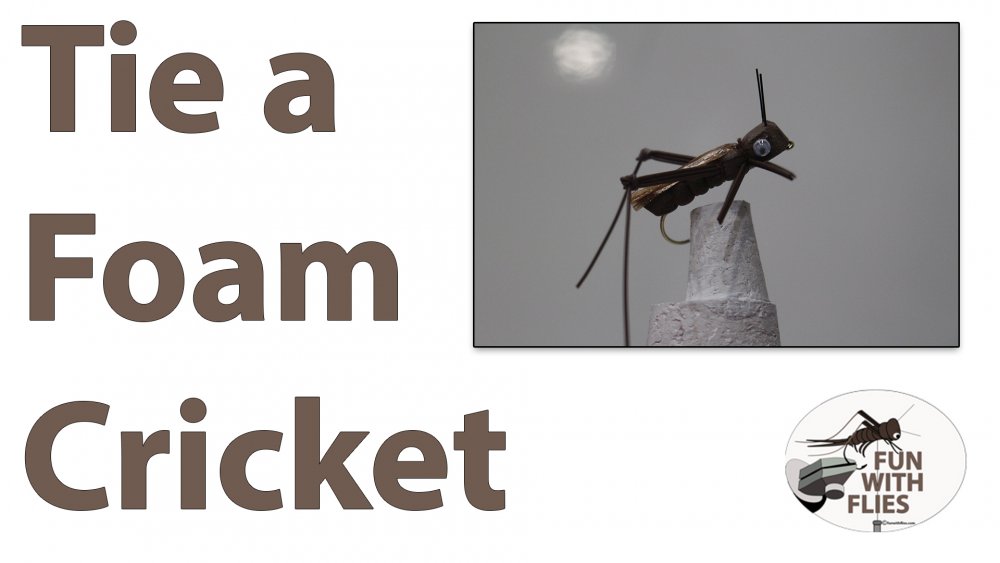Leaderboard
-
in all areas
- All areas
- Images
- Image Comments
- Image Reviews
- Albums
- Album Comments
- Album Reviews
- Topics
- Posts
- Stories
- Story Comments
- Story Reviews
- Classified Ads
- Classified Ad Comments
- Classified Ad Reviews
- Records
- Record Comments
- Record Reviews
- Websites
- Website Comments
- Website Reviews
- Status Updates
- Status Replies
-
Month
-
All time
February 2 2011 - February 1 2025
-
Year
February 1 2024 - February 1 2025
-
Month
January 1 2025 - February 1 2025
-
Week
January 25 2025 - February 1 2025
-
Today
February 1 2025
- Custom Date
-
All time
Popular Content
Showing content with the highest reputation since 01/01/2025 in all areas
-
Yeah, I can't recall a Barlows sale either. But, I did jump on this one. Because of their normal low pricing and shipping plus their great customer service Barlows has become my go to place to order most things anyway. Many other places seem to think us Alaskans are on Mars when it comes to shipping charges but, not Barlows. And unlike Zeiners they package things properly so I don't receive a box full of loose powder paint covering everything.2 points
-
I agree.... What is that supposed to look like? LOL... I have no interest in making those either, And I have been trying for over 40 years. 8^)2 points
-
2 points
-
1 point
-
From a different picture on Tackle Warehouse it does quite a bit of small blue flake.1 point
-
Hello, how are you? I am looking for some AI to help me generate research articles, which one can you recommend? preferably ones they have already used and know that it works well1 point
-
1 point
-
When I was struggling with my research paper,then I unsure of where to start. Then I tried a few AI tools, and everything started to fall into place. One tool helped me brainstorm and organize my ideas, while another made it easy to find and analyze key articles.With the right support, the whole process became much easier, and I was able to finish my paper faster than I expected.1 point
-
does your cam have a simulator? that helps me to decide if it cutting enough detail. I do use 1/32BN to get finer detail. be sure and buy plenty of them, they like to break.1 point
-
purple with a chart tail seems to work in about any river. sexy shad is good. i caught a bunch last year with keitech sexy shad1 point
-
Lurepartsonline sells the unpainted spinnerbait bodies. https://www.lurepartsonline.com/1584HW1 point
-
1 point
-
Call them...I think they will work with you. Charging you an extra 10% excise tax.... Or purchase smaller quantities at their sister company Captain Hooks Warehouse.1 point
-
Shortys hooks has 32833 down to size 10 https://www.shortyshooks.com/products/mustad---32833npbn and the 32746 down to size 6 https://www.shortyshooks.com/products/mustad---32746npbn1 point
-
Hello there, I am new to the world of custom lure making and recently started working on my first batch of crankbaits. I have got the basic shape down using balsa wood and some old tools I had lying around; but now I am stuck on the painting and finishing process. What is the best way to get smooth and detailed patterns on a crankbait? I have seen people use airbrushes; but I am not sure if that is necessary or if there are other methods that work just as well. What kind of paint do you recommend for durability and maintaining vibrant colors? Are water based paints a good option; or should I be looking at something else? What is the best type of topcoat to use for crankbaits to ensure they hold up against water; scratches; and toothy fish? I have read about using epoxy, but I’m curious if there are other options that might be easier for a beginner to work with. Also, I have gone through this post; https://www.tackleunderground.com/community/topic/36451-custom-salesforce-cpq-jig-heads-topcoat-advice/ Once the lure is finished; how do you test it to make sure it runs properly in the water? Are there common mistakes I should watch out for during this stage? Thanks in advance for your help and assistance.1 point
-
Way back when I used LC plastisol - I really like it - but it hard packed after a few days if not stirred. So keep that in mind you may have to mix it a lot if it is the same as it was years ago.1 point
-
Fishing uphill from shore on rocky bottoms is just asking for trouble . If your jig goes into a crevice between rocks you can't really easily change your line angle by moving the boat and pop your rod to free it . One thing you could try is to reduce your jighead weight as fishing uphill from shore you don't need as heavy as a jig to maintain feel as retrieving downhill in a boat .1 point
-
Barlow's is having a sale on Do-It molds until 1/14/25. 20% off of Do-It molds and 25% off of victory hooks. Might save you a few $$ if there are any molds you've been thinking about. https://barlowstackle.com/1 point
-
I'm with you on this! Those puffballs look like a sea urchin. I don't think any fish species in my state eats sea urchins. I honestly can't think of a situation where I would fish a puffball or lions mane jig. At least not for any species in my state.1 point
-
I strive to tie my jigs to imitate what fish are actually eating so I have no need for fancy designer "Puffball " or "Loin Collar" jigs . If I snag and break off a jig I simply tie on another always having many on hand that's the beauty of tying your own jigs . But that's just me ...1 point
-
Thanks for the update. This is a first. I've never seen anything at Barlow's on sale for as long as I can remember.1 point
-
Puffball ? Warning ! Warning ! Picture heavy response Count down alert 3-2-11 point
-
1 point
-
Tape off lip for paint... Remove tape and clear bait and lip as one.1 point
-
The biggest mistake is painting before testing. Dave1 point
-
1 point
-
1 point
-
Hello guys,I live in the UK,and I fish the coast line. Please check out my channel, if you have any recommendations, please leave me a comment. I appreciate it! Here is a link to my channel.1 point
-
Hello, My name is George and have been fly fishing for years but tying for about 8 months. I am enjoying the forum and looking forward to sharing videos and learning some new and traditional techniques. I would like to share a cricket pattern I have been tying for awhile which is simple and fun. I hope you enjoy The video link is https://youtu.be/NyOwkVFjYWU1 point
-
@Big Epp wow, must have missed your comment. Here I am responding 4.5 years later lol. That's what forums are good for. Covid hmmmm, yea that kinda messed stuff up lol. I won't lie to you; it was nice having LOTW basically to myself and a few other locals. The fishing was pretty dang good for big muskies. Opposite time of year now from your questions, ice up time. Maybe one more musky trip to go yet. The weather has been amazing this far into November, I hope it continues. These lures work alright, I normally use a lot larger lures for muskies, so these have been good for pike. I'm making more lures at the moment, maybe I'll do another photo tutorial.1 point
-
I made two different versions of this bait I've tested so far. One was a smooth bait that I think was weighted correctly. The other was like you were saying but I definitely made it on the heavy side. I've printed out a 3rd version with the flattened spots again. This time it has multiple different line tie spots so I can dial in exactly where to put the line tie. I'm just waiting for it to warm up enough to test it. Everything close to me is frozen.0 points




















